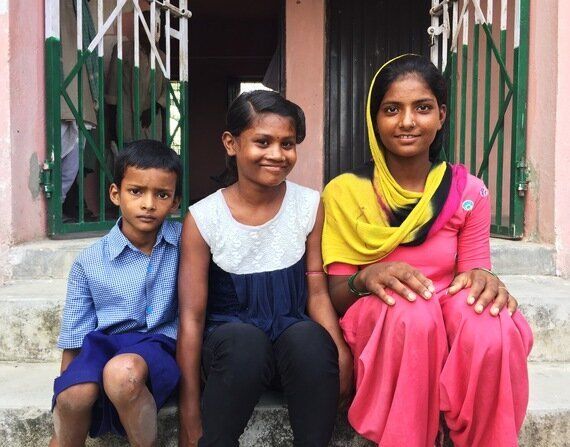
Photo credit: Idris Ahmed
The latest WHO leprosy update acknowledges that leprosy cases are at their highest since 2007. However, despite this recognition, the report overlooks the 3 million unreported cases of leprosy.
This is because, over the years, the infrastructure dedicated to detecting and treating leprosy has been dismantled. As a consequence, millions of people are living undiagnosed - even though it has been declared 'eliminated'.
This is because in 1991, the target for eliminating leprosy was defined by The World Health Organisation as a prevalence of less than one case per 10,000 people. At the time, resources were allocated to research and community screening programmes, however, once this target was met in 2005, political interest, resources and economic incentives to actively find new cases disappeared, which dramatically affected the number of new cases reported annually.
This complacency and the associated late case detection has consigned many of those affected by leprosy to a life of physical disability and, often, mental health problems - given the stigma that still surrounds the disease.
So, this poses the question - with leprosy cases rising, what needs to be done to truly eliminate this disease?
The first, and one of the most important ways this can be achieved is by ensuring that governments refocus their attention back to finding, treating and raising awareness of the symptoms of leprosy. There needs to be a much greater synergy between NGOs and by utilising partnerships, much greater impact can be made.
One of the biggest issues are the numbers of people living with undiagnosed leprosy. This is due to poor health education, where many are unable to recognise their symptoms. A method with is particularly effective at finding these missing millions is through active case finding. This is where teams visit communities and households to screen for cases of undiagnosed leprosy and then refer for treatment.
A recent enhanced screening programme run by Lepra found three times as many people living with undiagnosed leprosy than the Indian government within the same area and in a shorter amount of time. This is because we screened up to 25 houses surrounding a leprosy outbreak - not just neighbouring households. We also visited remote and tribal areas which usually get missed in standard screening programmes.

Photo credit: Fiona Graham
Another way of helping to prevent people living with undiagnosed leprosy is through health education so that people are able to recognise their symptoms in order to seek treatment. This also helps to dispel the stigma that's associated with the disease which helps to combat isolation and depression.
This can be achieved by group awareness campaigns within schools, communities and even in the media. In addition, healthcare staff need to be made fully aware of the symptoms of this disease to reduce the number of misdiagnosis - an issue which is sadly all too common.
Whilst the news of finding and treating greater numbers of people affected by leprosy is to be celebrated, more work needs to be done to strengthen government provision, establish uniformity of active case finding methods, reinstate partnerships between governments and NGOs and for all activities to be carried out on a much greater scale.
This refocused attention on leprosy will work to find and treat the remaining hidden cases of leprosy and we will gain an accurate measurement of the true extent of this global health issue.
Find out more about Lepra's work at lepra.org.uk
